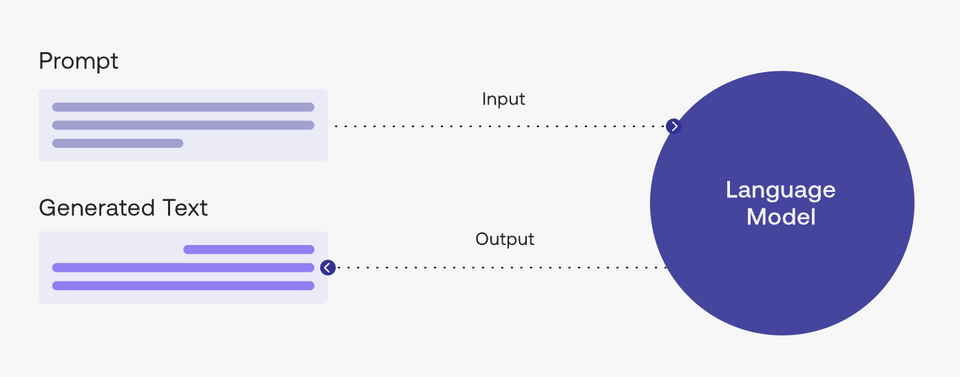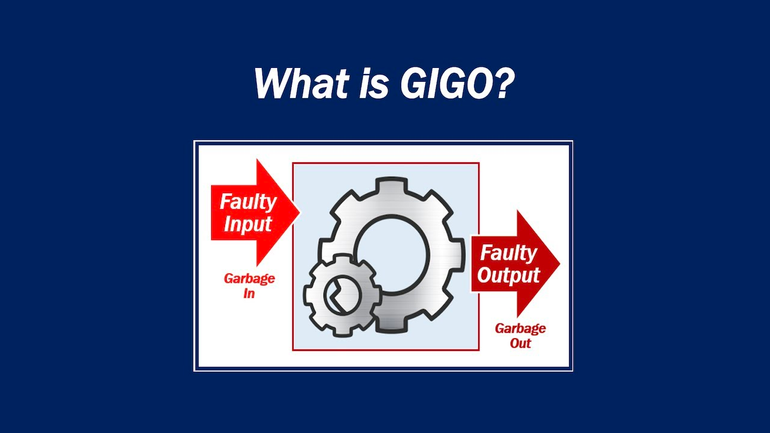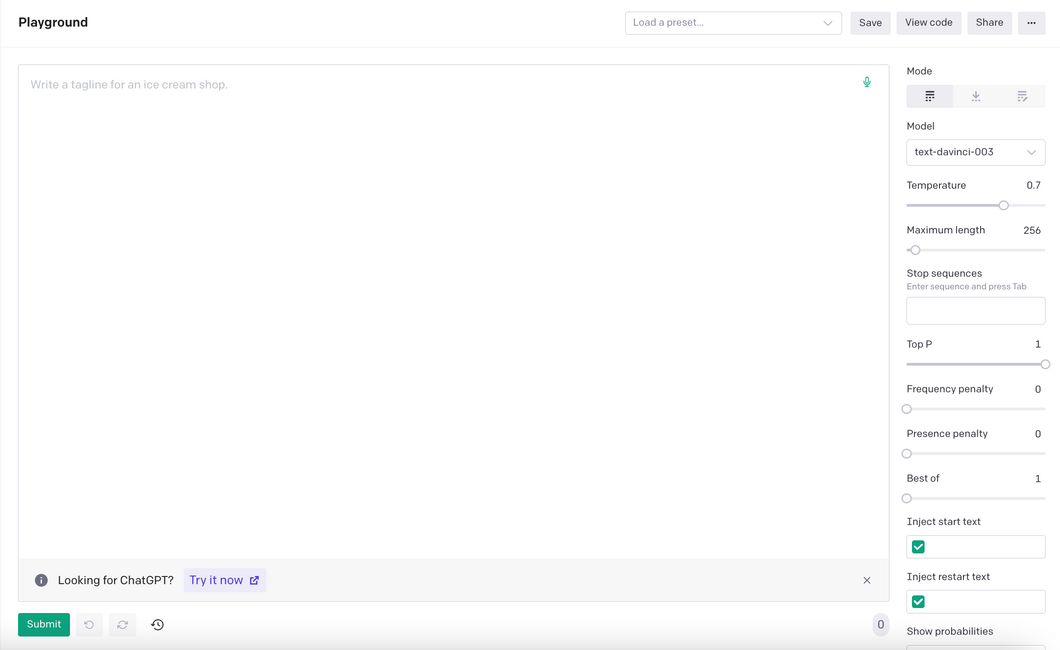Create unique Efficiency with ChatGPT
Search and store tool for Chat GPT Prompt
Create unique and engaging Efficiency with ChatGPT, a pre-trained language model by OpenAI for generating high-quality and accurate content.
Efficient Build and Deployment Process for [Language] Project: Suggestions for Improvement
Suggest improvements to the given [language] project's build and deployment process to increase efficiency: [project description].
Maximizing Customer Service Efficiency: Utilizing Chatbots for Quick and Responsive Solutions
How can I use chatbots to provide customer support and resolve issues quickly and efficiently?
Optimizing Customer Service Processes Using Data Analytics: A Guide To Increased Efficiency and Effectiveness
How can we use data analytics to optimize our customer service processes for increased efficiency and effectiveness?
Improving Agency Development Process: Techniques for Streamlining Collaboration and Efficiency

Develop [number] techniques for streamlining the development process within our agency to improve collaboration, reduce development time, and increase overall efficiency. Context: Target audience — [your target audience here] Current development process — [describe current development process here] Desired process improvements — [your desired improvements here] Inspiration: "[dev...
Optimizing Function Name Implementation: Generating an Opinion about the Content
What is the more efficient way to implement {function name}
Managing Workload More Effectively
How can I manage my workload more effectively?
What is “prompt engineering”?
A “prompt” is the input that guides a generative AI model to generate useful outputs. Generative AI tools like ChatGPT, GPT, DALL·E 2, Stable Diffusion, Midjourney, etc. all require prompting as their input.

In a natural language processing (NLP) context, “prompt engineering” is the process of discovering inputs that yield desirable or useful results. As is the story with any processes, better inputs yield better outputs; or commonly said another way “garbage in, garbage out.”


Become a prompt researcher instead of engineer
- If you’re already a subject matter expert in something, consider figuring out how to apply your personal skills to generating the best prompts in your field
- For example, if you’re an expert in SEO, what questions do you ask yourself when creating SEO strategies? How can you translate this knowledge into better prompts to generate the same level of output with AI?
Become a prompt researcher instead of engineer
- The term prompt engineer glosses over the idea that prompt formulation takes hypothesizing, research, result measurement, and repetition. Instead, approach prompting like a research project.
- Try as many different variations and formulations of your prompt as possible. One problem can have hundreds of solutions and one solution can have hundreds of approaches. The same can be said of prompting.